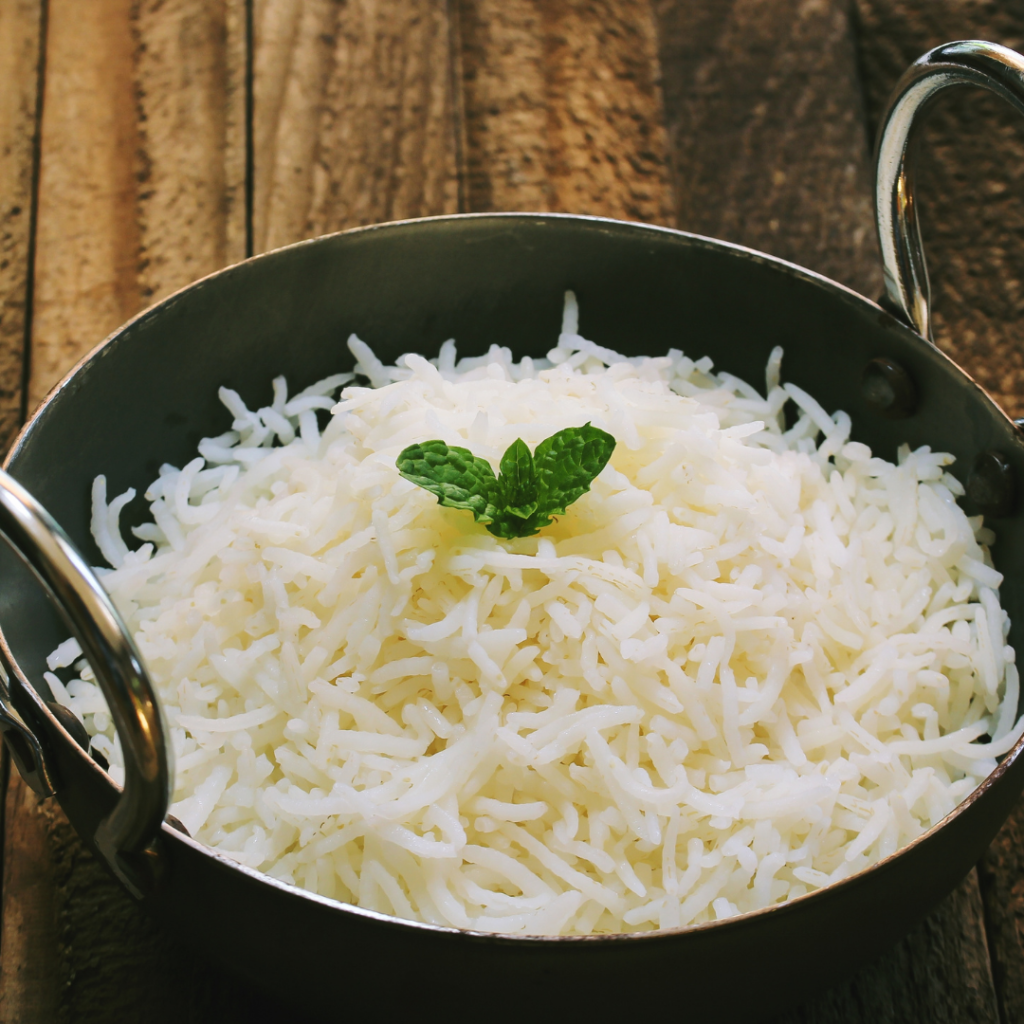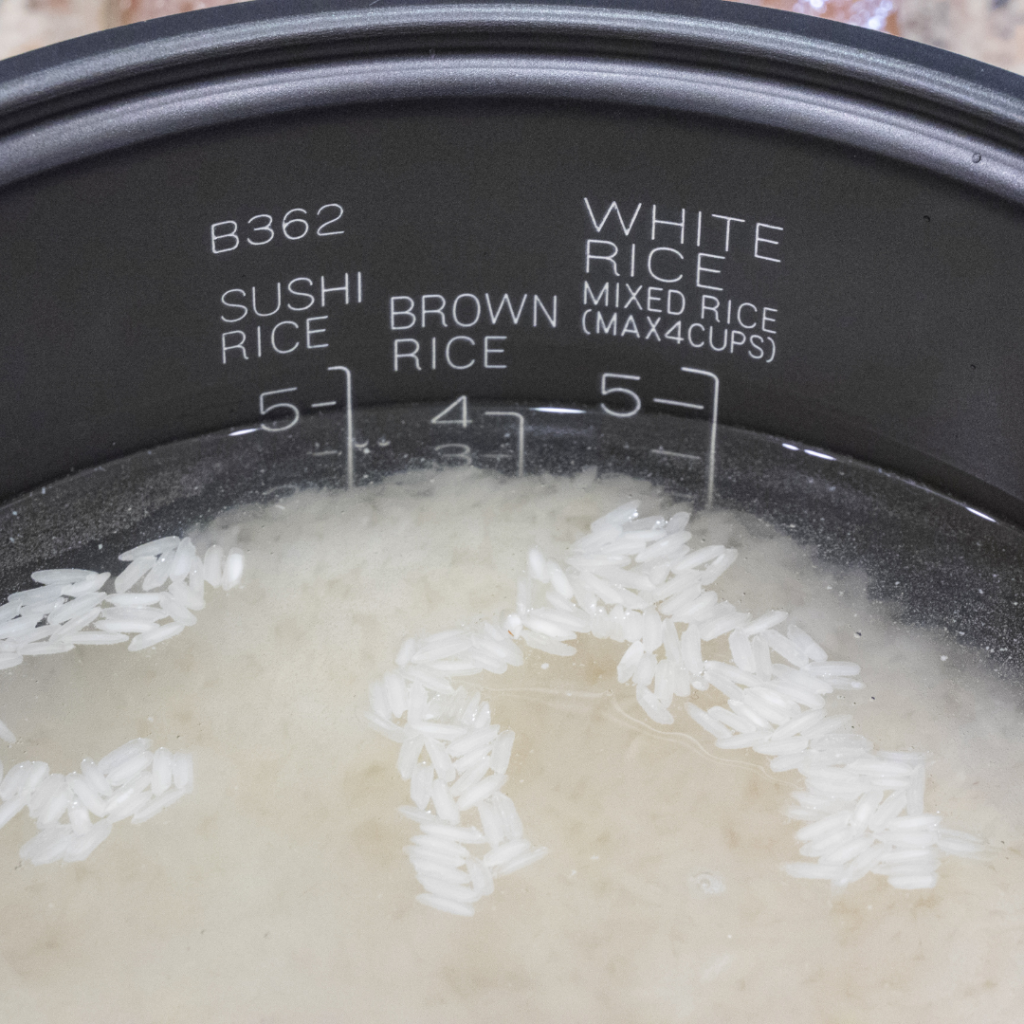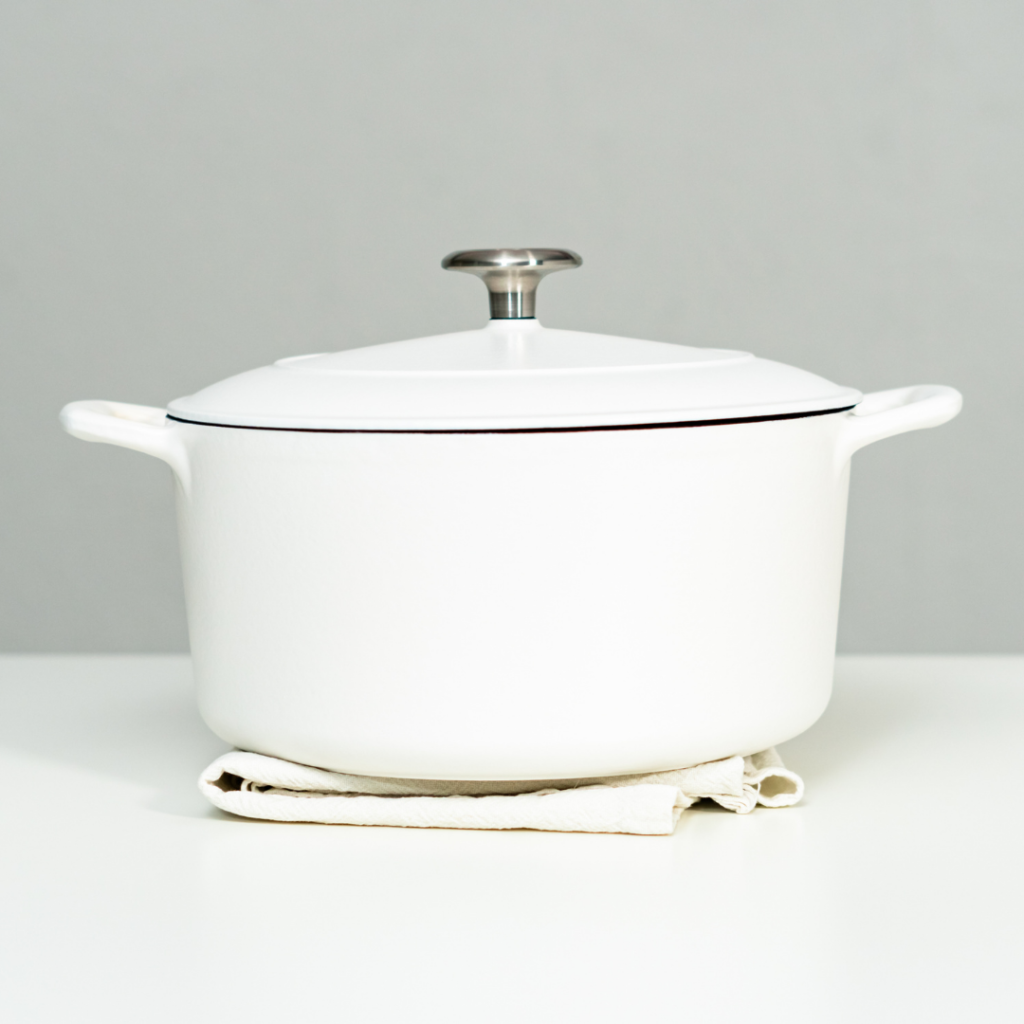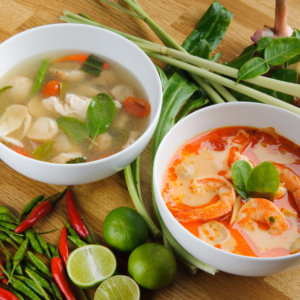Rice is a beloved staple that elevates any meal. When it is prepared to be fluffy and tender, it is a show stealer. But its versatility can quickly turn to frustration when not cooked to perfection. The struggle to achieve consistently cooked rice is real, and it’s not just a matter of texture, seeing as it can make or break the success of your favorite recipes. Imagine sinking your teeth into a fluffy, tender grain, only to be met with a disappointing crunch in the next bite.
In this article, we’ll uncover the common reasons behind unevenly cooked rice and the steps to take if you must always cook the perfect rice.

Incorrect Water-to-rice Ratio
Rice cooks by absorbing water and expanding. An excessive amount of cooking water would translate to excessive expansion and eventual sogginess. When too little water is used, it gives your rice a dry and crunchy texture. Hence, the trick lies in correctly getting the rice-to-water ratio.
Cooking with an inappropriate amount of water will lead to uneven hydration of the rice grains. This causes the grains to absorb water at different rates. The water absorption and cooking time of rice varies based on the type of rice. Failing to adjust cooking times and techniques for specific rice types can lead to uneven texture and flavor.
For example, longer grains of rice and brown rice will require a lot more water than shorter, white grains of rice. As a rule of thumb, cook one cup of long-grain rice with about two cups of water and one cup of short-grain rice with one cup of water.

Insufficient heat distribution
If heat is not evenly distributed, it can create hotspots where some areas are significantly hotter than others. The danger is that hotter areas will cook your rice faster and burn it while colder areas struggle to meet up. Another problem this poses is an uneven texture in the meal because some grains expand faster than others.
Heat distribution also affects moisture distribution, and of course, moisture is needed to cook rice. Insufficient heat distribution will create an imbalance in moisture levels, making some parts of your rice too dry and others too moist.

Using pots of poor-quality
Two things cook rice: moisture and heat. Your pot is an instrument that guides this heat to the rice grains. Using poor-quality pots means the heat generated is not well channeled into cooking the rice, which can create hotspots.
Thin pots don’t retain heat well, making them unsuitable for cooking rice. A pot with worn-out non-stick coating can cause rice grains to stick to the base and get burnt even when there is still moisture. Eventually, this creates unevenly cooked rice grains. When choosing a pot to cook your rice, consider the pot’s shape, as irregular-shaped pots can affect water circulation.
Enameled cast iron Dutch ovens and stainless steel sauce pots are your best bet. These pots have excellent heat retention, which is required for cooking rice.

Inadequate stirring
Stirring your rice regularly as it cooks helps you do two things: distribute starch uniformly through the food and evenly coat the grains with water and heat. This trick is also used in the preparation of pasta to prevent it from clumping and sticking to the bottom of the pot.
When starches accumulate at the bottom of the pot, they clump the rice together. In some cases, this causes the rice to burn, creating both crispy and overcooked layers of rice. When the grains cluster, even cooking is out of the question because moisture is not evenly distributed.
Note: stirring the rice too often can also cause problems. We recommend stirring it once every fifteen to twenty minutes.

An overcrowded pot
Overcrowding your pot or using a much smaller pot than the amount of rice you are cooking will make it cook unevenly. This is because it leads to insufficient water and heat circulation. Because of this, some grains will cook faster than others. An overcrowded pot would also make it difficult to stir the rice to protect it from scorching. You also risk overcooking or undercooking the rice when you cook more than the pot can contain.

How to cook rice evenly
- Cover your pot when cooking to allow the steam to circulate through the grains and cook evenly.
- Even after cooking, let the rice rest for a few minutes with the pot still covered to allow the residual heat to distribute through the grains for better uniformity.
- Use a heavy-bottomed pot with good heat conductivity, like a Dutch oven or cast iron pot.
- Sometimes, the problem is not with your pot but with its lid. To prevent steam from escaping, place a sheet of aluminum foil over the surface of your pot before dropping the lid on it.
- You can preheat your pot before adding the water and rice. This allows heat to circulate through the pot much faster.
- Monitor the heat and adjust it as needed to maintain a gentle simmer. Stir the rice to prevent scorching.
- If you’re finding it difficult to get the ideal rice-to-water ratio, boil the rice in excess water and drain the water with a sieve when your desired tenderness is reached.
- Better still, you can get a rice cooker like the excellent Zojirushi Neuro Fuzzy Rice Cooker from Amazon. It cooks your rice to exceptional quality and works excellently well. It also has an excellent shelf life.
In a nutshell
By understanding the importance of using the correct type of rice, proper water ratio, adequate pot size, and regular stirring, you can ensure that your rice is cooked to perfection. Whether you’re a seasoned chef or a beginner in the kitchen, the tips and guidelines in this article will help you master the art of cooking rice, such that your rice cooks evenly and turns out as fluffy and as delicious as possible every single time.











